Hela, Goddess of Death: Understanding the Myths
Norse mythology is a fascinating and often brutal world where gods, goddesses, and mortals clash in an unending cycle of violence and vengeance. One of the most fearsome goddesses in Norse mythology is Hela, the goddess of death.
Hela is the daughter of Loki, the god of mischief, and Angrboda, a giantess. She is also the sister of the Midgard Serpent and Fenrir, two other terrifying creatures from Norse mythology. Hela rules over Niflheim, the realm of the dead, and she presides over all funerals. She is often depicted as a hag or witch, with dark hair and a dark complexion.
Hela is not just the goddess of death, but also the personification of death itself.
Who is Hela goddess of Death?
In Norse mythology, Hel is a goddess who presides over a realm of the same name, where she receives a portion of the dead. Hel is one of the children of the trickster god Loki, and her appearance is that of a half-rotted corpse. Her abode is said to lie downward and northward.
Hel was brought about as a result of Loki’s plot to murder Baldr. When Baldr was killed, his father Odin sent him to Hel with instructions that he is returned to Asgard upon payment of ransom. Hel was also given a home in Folkvangr.
What is the origin of the name “Hela”?
The name Hela is derived from the Old Norse word hel, which means “to hide” or “to conceal.” In Norse mythology, Hela is the goddess of death and the ruler of Hel, the realm of the dead. She is often depicted as a fearsome creature with half her body being that of a corpse. Her father is Loki, the god of mischief, and her mother is Angrboda, a giantess. Hela was born when Loki tricked Odin into giving him a third of the slain warriors in Valhalla. These warriors were then sent to serve her in her underworld kingdom.
History: where did she come from?
In Norse mythology, Hel is a goddess who presides over a realm of the same name, where she receives a portion of the dead. Hel is one of the children of Loki, and her appearance is said to be half-black and half-white. Her father was exiled from Asgard, and she was banished to Niflheim after killing Odin’s son Baldr. Hel is often described as being cold and harsh, and her hall in Niflheim is said to be filled with sickness and death.
What are Hela’s powers and responsibilities?
As the goddess of death, Hela is responsible for presiding over the dead in the afterlife. She is often depicted as a grim and dark figure, but she can also be compassionate and merciful. Hela is said to have great power over life and death, and her jurisdiction extends to both the living and the dead. In some stories, she is even said to be able to raise the dead. Hela is often invoked by those who are facing death or bereavement, to ease their passage into the afterlife.
Hela is not an evil goddess, but she is often seen as harsh and unforgiving. She represents the inevitability of death and the finality of life.
How did Hela become associated with death?
Hela, the Norse goddess of death, is one of the most feared figures in Norse mythology. She is the daughter of Loki, the god of mischief, and the giantess Angrboda. Hela is often depicted as a skeletal figure or a woman with a dead face.
Hela first appears in the Prose Edda, written by Snorri Sturluson in the 13th century. In this work, Hela is described as ruling over those who die of old age or disease. She is also said to be responsible for gathering the souls of the dead and taking them to Valhalla.
Hela became associated with death due to her origins as a child of Loki and Angrboda. Loki was known for his trickery and mischief, while Angrboda was said to be an ogress who ate children.
Her domain: what does she preside over?
Hela is the Norse goddess of death. She presides over the realm of Hel, where the dead go after they die. Hela is a giantess, and her appearance is that of a rotting corpse. She is often portrayed with half her body in darkness and half in light, representing the duality of life and death. Hela is a fearsome goddess, but she is also just and fair. She decides who will go to her realm, and she treats all souls equally. Hela is a powerful goddess, and her domain is one to be respected.
Death and the afterlife: how is she involved?
Hela is the Norse goddess of death. She is often portrayed as a skeleton or a corpse and is associated with the underworld. Hela is said to rule over the dead, and her realm is known as Hel.
Hela is a fearsome goddess, and her involvement in the afterlife is significant. She presides over the dead and determines their fate in the afterlife. Hela is also responsible for ushering souls into the underworld, and for providing them with a safe place to stay. In many ways, she is the goddess of death itself. She is often depicted as a fearsome figure, and this aspect of her character is emphasized in many tales.
Worship and cult: how was she worshipped?
Hela was not originally an evil goddess, but after the death of her father, Loki, she became bitter and resentful. Hela was worshipped by those who wanted to honor the dead, and she was also invoked in spells and rituals designed to bring about death. In some stories, she is even said to be able to resurrect the dead.
Despite her dark associations, Hela was also seen as a guardian of those who died young or tragically. She was sometimes invoked in funerary rites, and her name appears in many Scandinavian places names that were once used as burial grounds. Hela was also worshipped by women who wanted to become mothers.
Hela is not the only name used to describe this goddess. Some texts refer to her as Nott, and others use a variety of other terms.
How does Hela fit into the Norse pantheon?
Hela is the goddess of death in Norse mythology. She is the daughter of Loki and Angrboda and the sister of Fenrir and Jormungandr. Hela is often depicted as a skeletal figure or a woman with a corpse-like appearance.
Hela presides over the realm of the dead, known as Helheim. In some stories, she also has control over healing and regeneration. Hela is sometimes portrayed as a helpful figure, while other times she is seen as malevolent and vengeful.
Hela plays an important role in Norse mythology, particularly in stories about the end of the world, known as Ragnarok. In these stories, Hela is responsible for bringing forth an army of the dead to fight against the gods. She is eventually defeated by Odin’s son Vidar.
Conclusion
Hela is a complex figure, and her story is full of twists and turns. In some myths, she is a helpful goddess who assists the dead in their journey to the afterlife. In other stories, she is a vengeful spirit who punishes those who cross her.
Whether you see her as a force for good or evil, there’s no denying that Hela is one of the most fascinating figures in Norse mythology.
Quick Facts: Hela Goddess of Death
- Hela is one of the most prominent figures in Norse mythology, known as the goddess of death and ruler of the underworld realm of Hel.
- She is the daughter of the trickster god Loki and the giantess Angrboda.
- Hela’s appearance is described as having a half-black, half-white appearance, with one side of her body being alive and the other side being dead.
- Her name comes from the Old Norse word “Hel,” meaning “hidden” or “concealed.”
- Hela is often associated with decay, disease, and the inevitability of death.
- In some sources, Hela is also said to have power over the dead who reside in the afterlife realm of Valhalla, as well as the souls of those who die at sea.
- Hela is depicted as a fierce and powerful goddess, often portrayed wielding a large scythe or sword.
- Some legends suggest that Hela’s power is so great that even the gods of Asgard are afraid to face her.
- Hela is often depicted as being indifferent to the fate of the living, focusing solely on the dead and the afterlife realm of Hel.
- In some versions of the myth, Hela is said to be the sister of the wolf Fenrir and the world serpent Jormungandr, both of whom are also children of Loki.
- Hela’s realm of Hel is described as being a dark and dismal place, where the dead reside in eternal rest.
- The Norse believed that those who died in battle were taken to Valhalla by the god Odin, while those who died of natural causes or disease were sent to Hel.
- Hela is sometimes depicted with a helmet that covers her face, symbolizing her association with death and the afterlife.
- In some legends, Hela is said to have the power to restore the dead to life, although this is usually only done in exchange for something of great value.
- Some myths suggest that Hela was not always a goddess of death, but rather became one after being banished to the underworld by Odin.
- Hela’s realm of Hel is said to be guarded by the hound Garm, who is described as being as fierce as the goddess herself.
- Hela is sometimes associated with the goddess Helios, who was also known for her power over the dead in Greek mythology.
- In some sources, Hela is said to have the power to manipulate the elements of nature, such as the wind and the sea.
- Some legends suggest that Hela was able to entice the god Baldr into the realm of Hel by offering him a drink of mead.
- Hela’s realm of Hel is said to be located beneath the roots of the world tree Yggdrasil, which connects the nine realms of Norse mythology.
- The Norse believed that Hela was so powerful that even the gods themselves could not defeat her.
- Hela is often depicted as being both beautiful and terrifying, with an otherworldly quality that makes her both alluring and dangerous.
- Some myths suggest that Hela was able to summon the dead back to the realm of the living to exact revenge on her enemies.
- In some legends, Hela is said to be the mother of the goddess Nidhogg, a dragon who gnaws at the roots of Yggdrasil.
- Hela is sometimes associated with the goddess Hel, who was also known for her power over the dead in Germanic mythology.
- In some sources, Hela is said to have


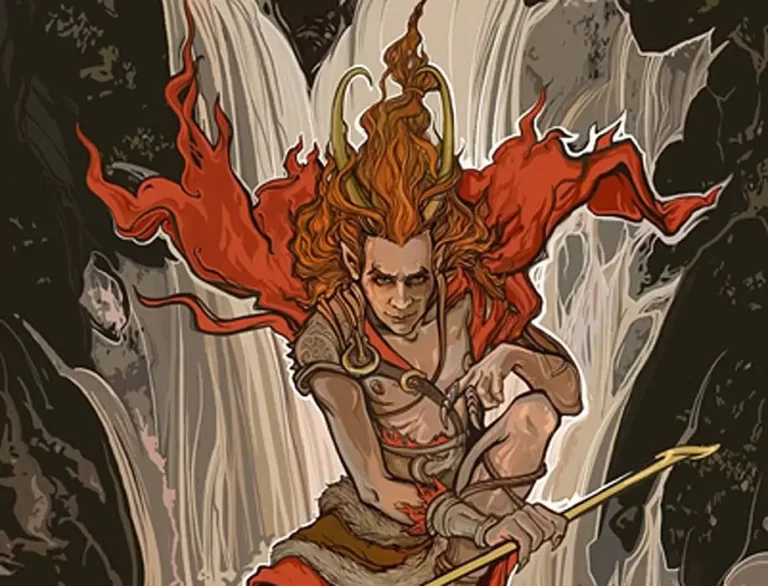
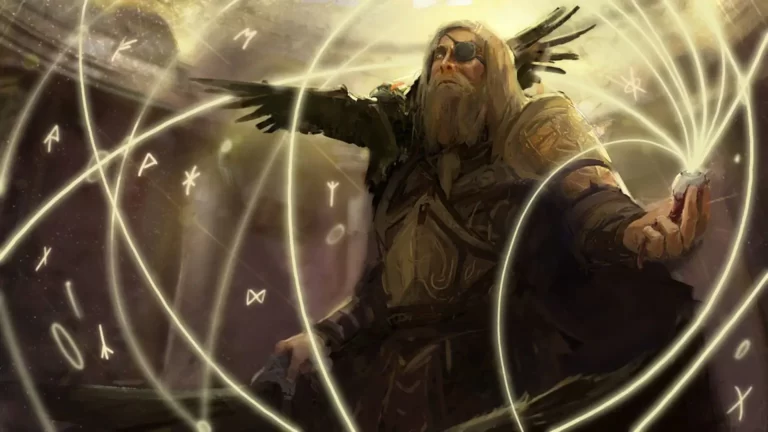
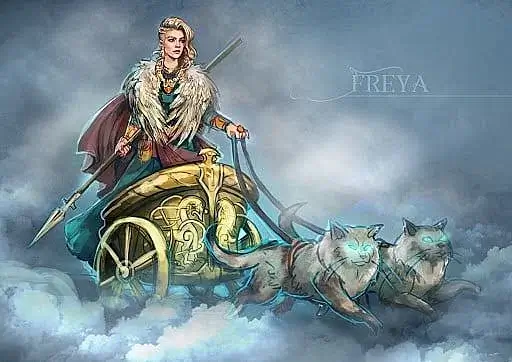
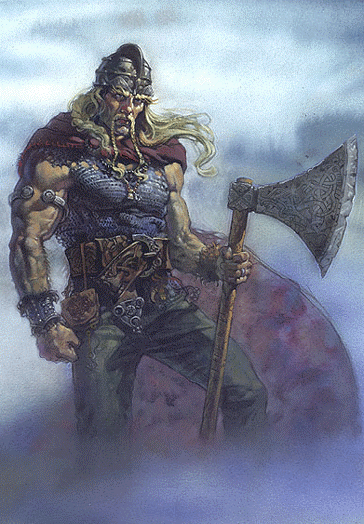
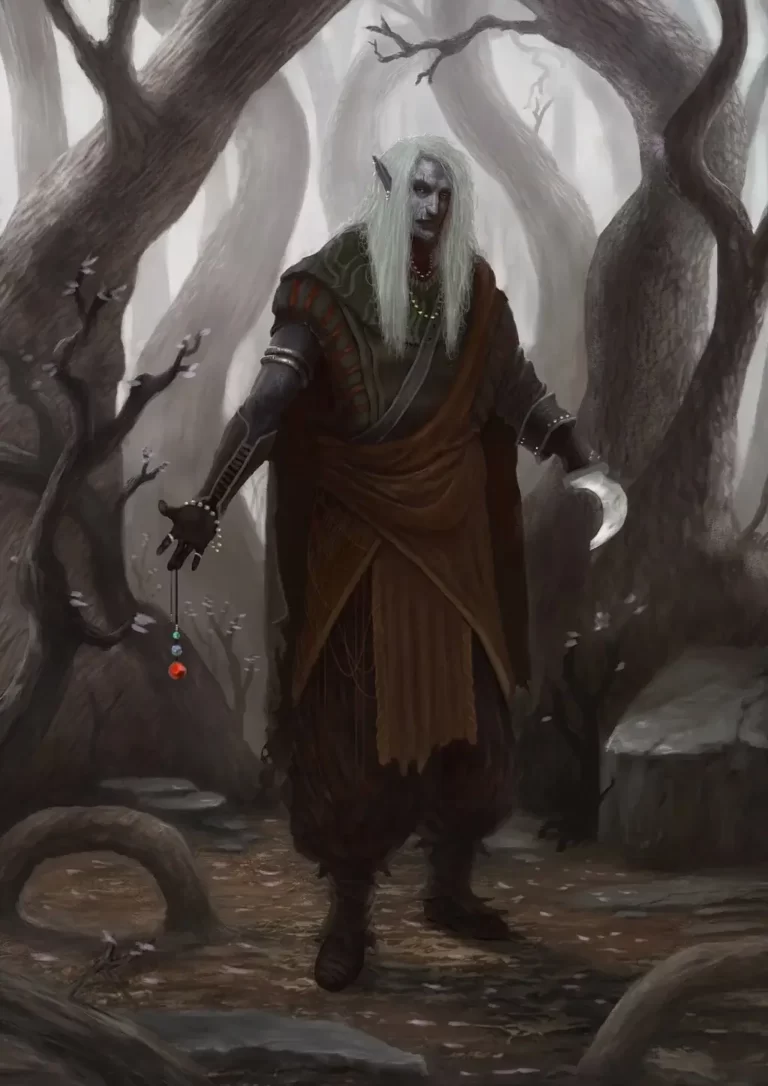
Like!! I blog quite often and I genuinely thank you for your information. The article has truly peaked my interest.